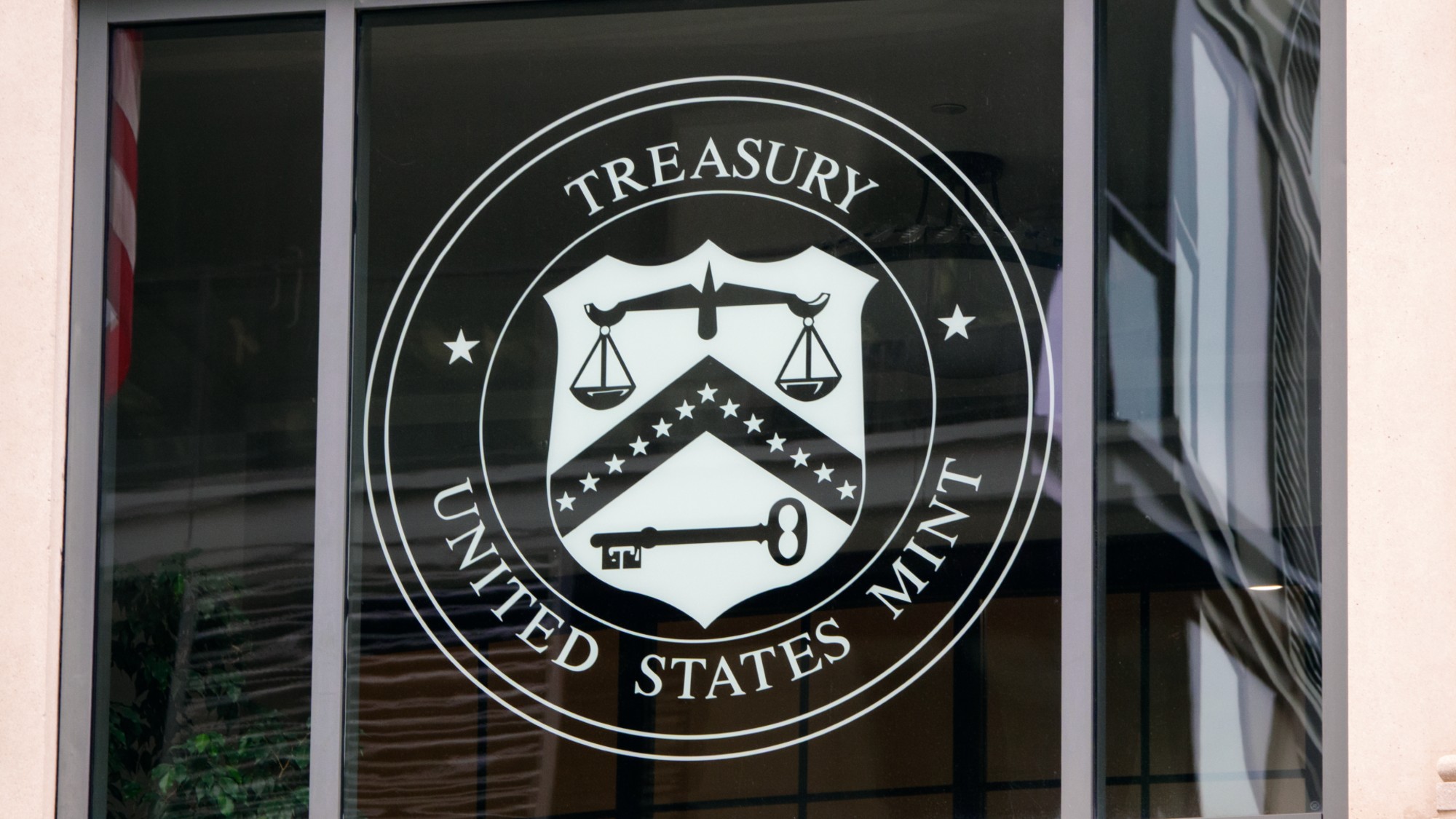Exhibition of the week: Medieval and Renaissance Treasures from the Victoria and Albert Museum, Metropolitan Museum of Art, New York
While the Victoria and Albert is being renovated, The Metropolitan Museum has become the temporary home of 35 exquisitely beautiful objects created between 300 and 1600.
Some of the most “fabulous things” from London’s Victoria and Albert Museum have temporarily relocated to New York, said Dan Bischoff in the Newark, N.J., Star-Ledger. While the V&A renovates its galleries, the Metropolitan Museum is mounting a fascinating exhibition that’s like looking into “Europe’s attic.” These 35 objects, created between the years 300 and 1600, are exquisitely beautiful. “Gold, silver, ivory, pearls, garnets, emeralds, and rock crystals” abound. But two modest sculptures are “perhaps the artistic highlights.” A 13th-century ivory fragment by Giovanni Pisano shows a tortured, twisting Christ, now armless and legless as well. Viet Stoss’ 16th-century Virgin and Child figurine, “still perfectly preserved,” seems to turn stone into flesh and drapery.
The entire exhibit celebrates the virtues of smallness, said Ken Johnson in The New York Times. Most works are “small enough to fit in a bread box,” and the selection is so exclusive that it all fits into a single room. But diminutiveness often belies a profusion of detail. In one small English ivory, the hooked top of a staff “has tiny humans and animals swarming all over it.” In another delightful figure, of St. Nicholas and his father, “the carving is so fine that you risk eyestrain trying to discern” every facet. These intricate religious objects encouraged the faithful to raise their own states of awareness. “But of course such devoted attention can be secular, too.” Keen-eyed viewers will be amused by the anomalous crab pinching a consul’s nose in a sixth-century depiction of Roman games, or by the “delightful hodgepodge of architectural and mythic imagery” in a tower-shaped 16th-century candlestick. A miniature notebook full of drawings by none other than Leonardo da Vinci will surely be the exhibition’s biggest attraction.
This “treasury of wonders” offers interesting comparisons with the Metropolitan Museum’s own fine collection, said Lance Esplund in The New York Sun. The V&A’s illuminated manuscripts and its “spectacular ivories” would fit right in among the Met’s medieval and Renaissance objects. But other objects reveal surprising links to 19th- and 20th-century art. Donatello’s sculpture of a bronze putto holding a fish—to pick just one example—“is erotic and grand, as well as sleekly modern,” resembling early-20th-century masterpieces by Aristide Maillol. “The curators have wisely provided just enough objects to spark visual connections,” but if you look closely, all art history can be discerned here.
The Week
Escape your echo chamber. Get the facts behind the news, plus analysis from multiple perspectives.

Sign up for The Week's Free Newsletters
From our morning news briefing to a weekly Good News Newsletter, get the best of The Week delivered directly to your inbox.
From our morning news briefing to a weekly Good News Newsletter, get the best of The Week delivered directly to your inbox.
A free daily email with the biggest news stories of the day – and the best features from TheWeek.com
-
 Zimbabwe’s driving crisis
Zimbabwe’s driving crisisUnder the Radar Southern African nation is experiencing a ‘public health disaster’ with one of the highest road fatality rates in the world
-
 The Mint’s 250th anniversary coins face a whitewashing controversy
The Mint’s 250th anniversary coins face a whitewashing controversyThe Explainer The designs omitted several notable moments for civil rights and women’s rights
-
 ‘If regulators nix the rail merger, supply chain inefficiency will persist’
‘If regulators nix the rail merger, supply chain inefficiency will persist’Instant Opinion Opinion, comment and editorials of the day
-
If/Then
feature Tony-winning Idina Menzel “looks and sounds sensational” in a role tailored to her talents.
-
Rocky
feature It’s a wonder that this Rocky ever reaches the top of the steps.
-
Love and Information
feature Leave it to Caryl Churchill to create a play that “so ingeniously mirrors our age of the splintered attention span.”
-
The Bridges of Madison County
feature Jason Robert Brown’s “richly melodic” score is “one of Broadway’s best in the last decade.”
-
Outside Mullingar
feature John Patrick Shanley’s “charmer of a play” isn’t for cynics.
-
The Night Alive
feature Conor McPherson “has a singular gift for making the ordinary glow with an extra dimension.”
-
No Man’s Land
feature The futility of all conversation has been, paradoxically, the subject of “some of the best dialogue ever written.”
-
The Commons of Pensacola
feature Stage and screen actress Amanda Peet's playwriting debut is a “witty and affecting” domestic drama.